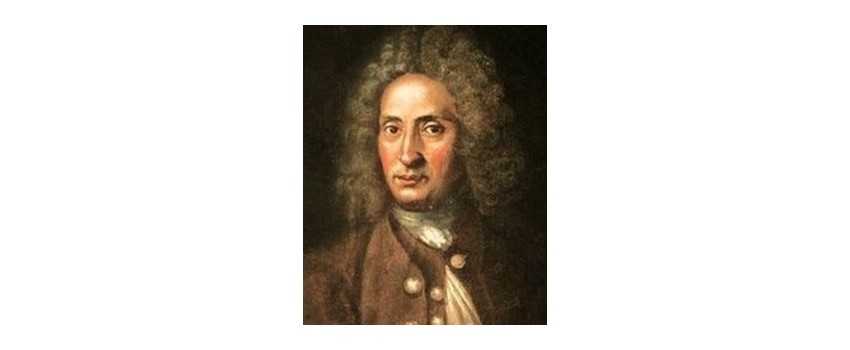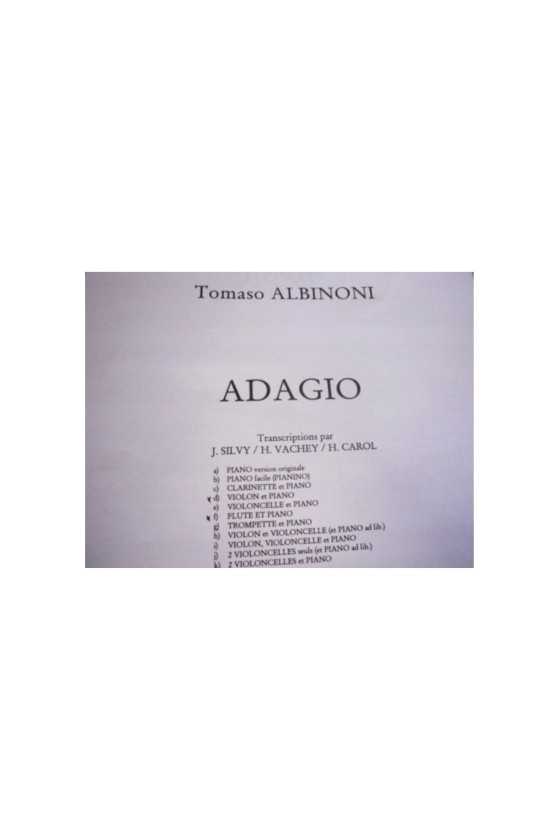Albinoni, Tomaso
Tomaso Giovanni Albinoni, born on 8th June 1671, was a prominent Italian composer of the Baroque period. Although he gained recognition as an opera composer during his time, he is now widely known for his instrumental works, particularly his concertos. Albinoni's contributions to music include operas, concertos, sonatas, sinfonias, and solo cantatas. His compositions were highly regarded and often compared favorably to those of renowned composers such as Arcangelo Corelli and Antonio Vivaldi.
Early Life and Education
Albinoni was born in Venice, Italy, and showed an early aptitude for music. He received his musical education from his father, a wealthy paper merchant who was also an amateur musician. Under his father's guidance, Albinoni honed his skills in composition and performance. His passion for music led him to study the violin and singing, which laid the foundation for his future career as a composer.
The Opera Composer
During the years between 1723 and 1740, Albinoni composed at least fifty operas, with twenty-eight of them being staged in Venice. It is worth noting that Albinoni himself claimed to have written a total of 81 operas. Despite his substantial output in the operatic genre, Albinoni's instrumental works ultimately overshadowed his operas in terms of popularity and lasting impact.
Instrumental Music and Concertos
Albinoni's instrumental music, particularly his oboe concertos, is what he is best known for today. While German composers like Telemann and Handel likely created earlier concertos featuring the solo oboe, Albinoni was the first Italian composer to use the oboe as a solo instrument in concertos. His opus 7, published around 1715, featured the oboe prominently in concertos, and he continued to incorporate the instrument in his chamber pieces and operas.
One of Albinoni's most famous oboe concertos is the well-known concerto in D minor, which was published in Italy in 1717. This composition, along with his other oboe concertos from his opus 7 and opus 9, solidified his reputation as a master of the oboe concerto genre. Albinoni's innovative use of the oboe as a solo instrument paved the way for future composers to explore its expressive capabilities.
Influence and Recognition
Johann Sebastian Bach, a prominent composer of the Baroque era, greatly admired Albinoni's instrumental work. Bach was particularly fond of Albinoni's themes and incorporated them into his own compositions. Bach even created at least two fugues based on Albinoni's themes and used his basses for harmonic exercises with his students. This recognition from a fellow esteemed composer further solidified Albinoni's status as a significant figure in the music world.
Cataloging and the Adagio in G minor
While Albinoni's instrumental works garnered widespread acclaim, it is his piece titled "Adagio in G minor" that has achieved enduring fame. Interestingly, this composition is widely attributed to Albinoni, but it is believed to have been created by Remo Giazotto, a 20th-century musicologist and composer who meticulously cataloged Albinoni's works.
It is unfortunate that many of Albinoni's operatic compositions have been lost over time, as they were not released during his lifetime. However, nine collections of his instrumental works were published, which enjoyed immense popularity and multiple reprints. These publications further solidified Albinoni's reputation as a composer of instrumental music.
Legacy and Lost Works
Albinoni's music had a profound impact on the southern European nobility, with many nobles dedicating and funding performances of his works. His compositions were published not only in Italy but also in Amsterdam and London. Unfortunately, a significant portion of Albinoni's work was lost due to the destruction of the Dresden State Library during World War II. As a result, little is known about his life and music after the mid-1720s.
The Controversy Surrounding the Adagio in G minor
There has been some controversy surrounding the famous "Adagio in G minor" attributed to Albinoni. Some skeptics argue that it is a musical fake, suggesting that Giazotto fabricated the piece entirely. However, a discovery made by musicologist Muska Mangano, Giazotto's last assistant, has shed light on this matter. Mangano found a modern manuscript transcription of the figured bass portion among Giazotto's papers. Additionally, six fragmentary bars of the first violin were discovered, bearing a stamp that unequivocally stated the Dresden provenance of the original source. This finding supports Giazotto's claim that he utilized an earlier source for his composition.
Conclusion
Tomaso Giovanni Albinoni, an accomplished Italian composer of the Baroque period, left a lasting impact on the world of music. While his operatic compositions may have been lost to time, his instrumental works, particularly his oboe concertos, continue to captivate audiences. Albinoni's innovative use of the oboe as a solo instrument in concertos paved the way for future composers, and his compositions were highly regarded by his contemporaries. Despite the controversy surrounding the attribution of the famous "Adagio in G minor," Albinoni's influence and contribution to music remain undeniable.


